SUMMARY
This is AI generated summarization, which may have errors. For context, always refer to the full article.
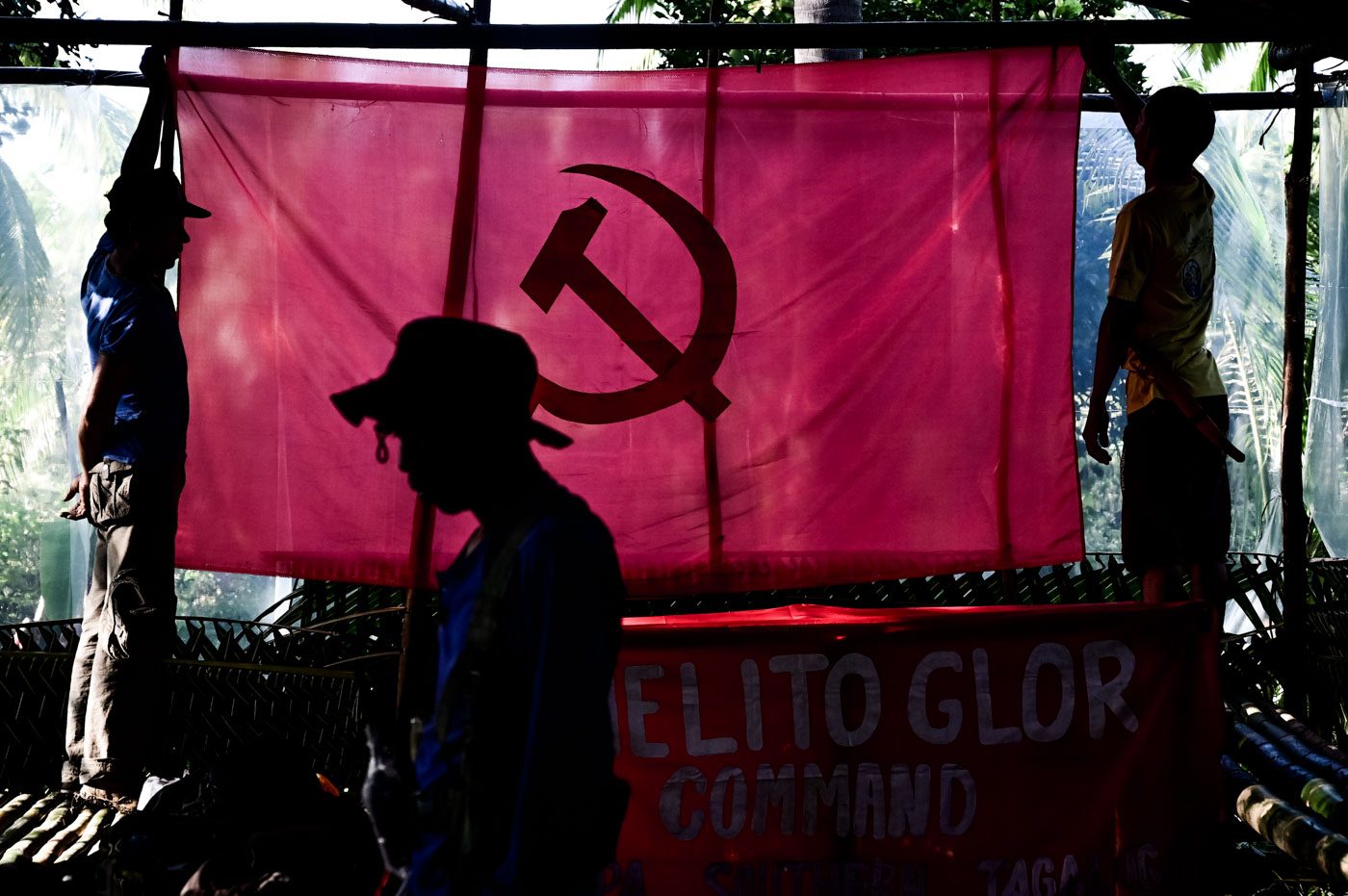
MANILA, Philippines – A Manila court has dismissed the petition of the Department of Justice (DOJ), that seeks to declare the Communist Party of the Philippines-New People’s Army (CPP-NPA) as terrorists.
The DOJ’s proscription case against the communist rebels was junked in the ruling of Manila Regional Trial Court (RTC) Branch 19 presiding judge Marlo Magdoza-Malagar.
The decision said: “Nothing is better attested by present realities than that terrorism does not flourish in a healthy, vibrant democracy. WHEREFORE, premises considered, the instant Petition is hereby DISMISSED.”
On February 21, 2018, the DOJ filed the proscription case against the CPP-NPA with Republic Act No. 9372 or human security act as ground. This proscription case was filed even before the anti-terror law, which was signed in 2020 and upheld in 2022.
This means the government can still aim to declare the communist rebels as terrorists using the draconian anti-terror law or other related laws.
In an interview with reporters, DOJ Secretary Jesus Crispin “Boying” Remulla said they would file a motion for reconsideration against the Manila court’s decision.
“Well, we’ll file a motion for reconsideration. Then if we have to, we’ll go to [the] Court of Appeals. And alam ‘nyo naman (You know) it’s something that the state has to take care of when people are attacking the state,” Remulla said.
“At kailangan nating kumilos (We have to do something) and we use the law for this purpose. And we will obey the law whatever the case may be,” he added.
The decision
In its decision, the court analyzed whether the DOJ’s arguments were able to establish with sufficient evidence the definitional elements of terrorism.
- Organization. The decision said that the CPP-NPA has to “indubitably” qualify as an organization. The decision pointed out that the members of the organization range “from farmers, workers, students, academics, professionals, politicians.”
The court noted that members of the communist group were scattered all around the country. The decision added: “Likewise, evident is a nationwide membership fortified by a well-established, hierarchical and organizational structure.” - Organized to engage in terrorism. In the second element, the court referred to section 3 of the human security act, which defined terrorism. Dissecting this further, the court asked why the CPP-NPA was established and whether the “purpose” of its creation was to engage in terrorism.
The court referred to the constitution of the CPP to validate its purpose. It also noted that the communist rebels’ resorting to armed struggle and violence may have earned them the terrorist label. But, the court said, armed struggle and violence are only the “means” of the CPP-NPA.
“Be that as it may, while ‘armed struggle’ with the ‘violence’ that necessarily accompanies it, is indubitably the approved ‘means’ to achieve the CPP-NPA’s purpose, ‘means,’ is not synonymous with ‘purpose.’ Stated otherwise, ‘armed struggle’ is only a ‘means’ to achieve the CPP’s purpose; it is not the ‘purpose’ of the creation of the CPP.” - ‘Authorship of the acts.’ On the side, the court noted at least nine atrocities allegedly committed by the CPP-NPA and said that based on eyewitness accounts, the incidents constitute crimes under the Revised Penal Code and some portions of the human security act.
However, the court said the identification of the perpetrators was based on their clothes. The witnesses said the assailants wore an all-black ensemble. The court said “this identification leaves much to be desired.”
“Certainly, it takes more than a certain manner or mode of dressing to establish that one is a member of the CPP-NPA. In the absence of any evidence that the official uniform of the members of the CPP-NPA consists of an all-black outfit, this Court cannot give credence to the witnesses’ identification.” - Acts created for widespread and extraordinary fear. Another element is the “acts are committed to sow and create a condition of widespread and extraordinary fear and panic among the populace.” The court noted that “widespread” and “extraordinary” are vague.
The court pointed out that in the security act, the two words were used to qualify “fear” and “panic,” where “populace” is the receiving noun. To analyze whether crimes are extraordinary and widespread, they should affect a considerable size of the population.
With that, the court said it did not find the nine alleged atrocities to cause “widespread and extraordinary fear and panic” among the populace. The court also noted that guerrilla warfare is not synonymous with terrorism. - Coerce the government. Among the definitional requirements of terrorism are: a) the acts are being committed to coerce the government, and b) to give in to an unlawful demand. The court said the nine incidents in question had only minimal effect on the larger population.
“…[it] can therefore only be considered a ripple in a much larger pond, certainly far from reaching the ‘widespread’ or ‘extraordinary’ proportions sufficient to ‘coerce’ the government to give in to any demand, much less, an unlawful demand.”
Rebellion and not terrorism
The court also noted that the atrocities in question only qualify as “rebellion” and not terrorism.
It also differentiated rebellion from terrorism using Lagman, et. al., vs. Medialdea, which stated that “terrorism is larger in scope than rebellion; rebellion is only one of the various means by which terrorism can be committed.”
The same ruling further differentiated rebellion from terrorism:
“If it is political, such as for the purpose of severing the allegiance of Mindanao to the Philippine Government, to establish a wilayat therein, the crime is rebellion. If, on the other hand, the primary objective is to sow and create a condition of widespread and extraordinary fear and panic among the populace in order to coerce the government to give in to an unlawful demand, the crime is terrorism.”

Court on red-tagging
In the decision, the Manila court also mentioned the dangers of red-tagging progressive individuals. The court said during the proceedings of the case, the DOJ sought to establish – through the testimonies of Joel Minoto Legaspi, Joy James Sanguino, and Jeffrey Celiz – the alleged use by the CPP of “National Democratic Mass Organizations (NDMOs)” and “Underground Mass Organizations (UGMOs).”
But the court noted:
- “A member of an organization which is identified to be an NDMO is not always a member of any of the UGMOs, much less, of the CPPNPA;
- Not all members of an organization identified to be an NDMO espouse the radical view of overthrowing the present government by armed struggle;”
The previous government, particularly under Rodrigo Duterte, went after communist rebels. Through the anti-terror act, the Philippine Anti-Terror Council designated the CPP-NPA as terrorists. – Rappler.com
Add a comment
How does this make you feel?
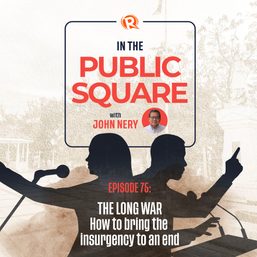
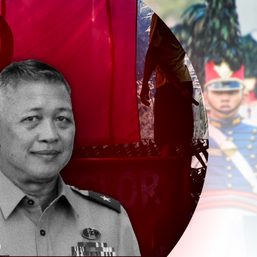

![[OPINION] The CPP-NPA’s 3rd Rectification Movement is bad news to the peace process](https://www.rappler.com/tachyon/2024/01/tl-cpp-npa-peace-talk-rectification.jpg?resize=257%2C257&crop=366px%2C0px%2C1080px%2C1080px)
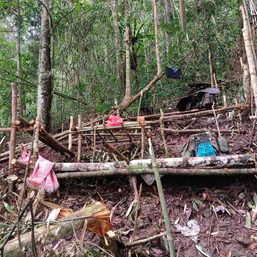

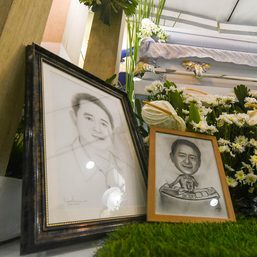




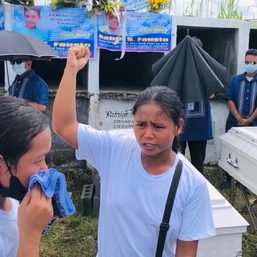





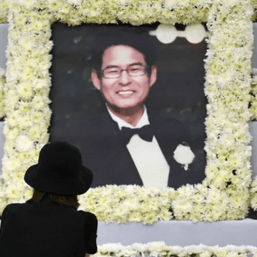
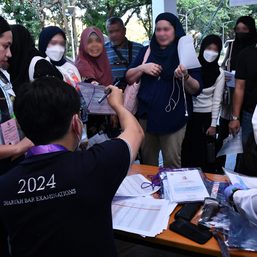

There are no comments yet. Add your comment to start the conversation.